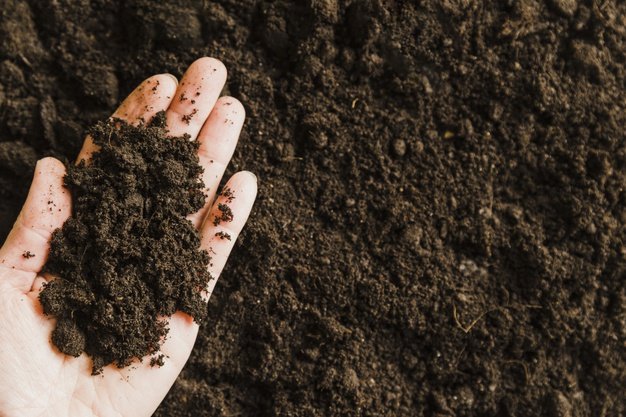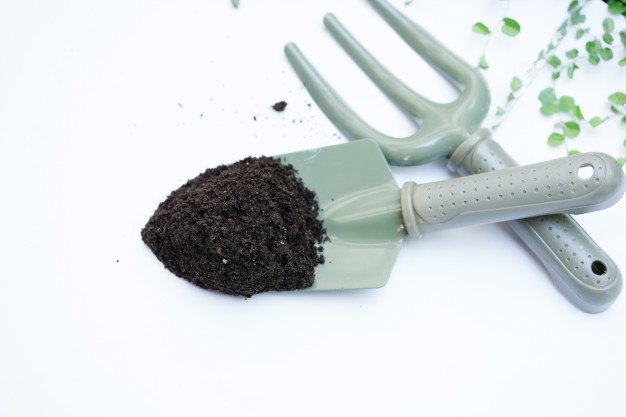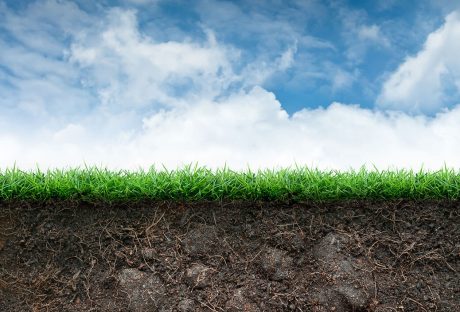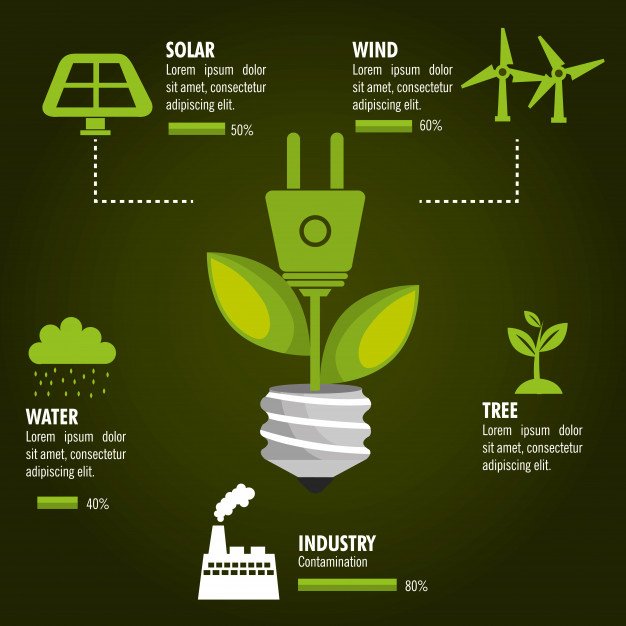Do you need good topsoil to plant your new yard or new garden? Do you have a question how much does a yard of topsoil weigh?
Due to moisture content, the weight of topsoil can vary greatly. In addition, you must know the amount of topsoil you will require.
With added fertilizers, bags of topsoil are generally sold by cubic feet and it is a good idea to buy it.
Before purchasing topsoil, you must know how much does a yard of topsoil weigh.
Choosing the right quality of soil is crucial for both, the short and long term. However, you must know how to calculate it otherwise, it will be a challenging task for you.
Facts You Must Know About Topsoil:
In order to know how much does a yard of topsoil weigh, you must know important facts about topsoil.
Topsoil is the uppermost layer of the soil usually 5 to 10 inches, in which all the plants grow. It plays a vital role in the supply of essential nutrients and minerals to the plant.
High-quality topsoil contains nitrogen, carbon, mineral particles, water, organic matter, air, essential nutrients, etc.
The moisture content and the composition of the soil is an important part that determines topsoil weight.
There are generally three types of topsoil i.e., Sand, Loam, and Clay.
So, not making you wait any further, here I am going to discuss how much does a yard of upper soil weighs:
How To Measure The Amount Of Topsoil You Need?
Firstly, you must-have information on this:
1 cubic yard of soil is equal to 27 cubic feet
OR, 1 cubic yard equals 1,839.92 kg.
Secondly, you need to measure the amount of topsoil you need for yourself.
Topsoil comes in the cubic yard and 27 cubic feet equals 1 cubic yard.
Suppose you have a garden of 12 by 12 feet and a thickness of approximately 6 inches,
Now, you need to follow the below steps:
First Step: Turn all the measurements to feet,
6 / by 12 = o.5
Second Step: Multiply your figures or numbers if it is in feet.
Now multiply the 3 figures (0.5 x 12 x 12 = 72 cubic ft.)
Third Step: Now divide the cubic feet that you get by the total figure or number of cubic feet available in the 1-yard cube (1=27), and
the result (72/27=2.666 cubic yards) is something you will require for your yard or garden.
How Much Does A Yard Of Topsoil Weigh?

One yard of topsoil will usually weigh about one ton or 2000 pounds. Due to the fact that topsoil contains moisture, it can vary in weight greatly.
When soil is damper in the spring season, one cubic yard can weigh well over one ton.
On the other hand, in the summer season, the yard of topsoil can weigh up to 1700 pounds or even less than this.
How Much Does A Cubic Yard Of Topsoil Weigh?

We have already discussed how much does 1 yard of topsoil weigh.
Now,
1 cubic yard of topsoil weighs approx 1080 pounds.
A cubic yard is created of 27 cubic square feet.
Therefore, if buying in bags, you would need 36 bags measuring 40 pounds each and proceeding for a total of 1,440 pounds of soil per cubic yard.
If you want to buy a cubic yard of topsoil then you can buy it in bulk instead of purchasing various bags.
Frequently Asked Question:
What Is The Composition Of Topsoil?
Now you know how much does a yard of topsoil weigh. But do you know the price can also be different depending on the compositions of the topsoil? The quality of the topsoil entirely depends on the PH textures or nutrient contents of the top soils. And determine the right prices for the topsoil. You have to know the natural composition of the topsoil.
Here are some of the nutritional compounds of the topsoil.
1. Nitrogen
The excess supply of Nitrogen is also harming the growth of the plants. You have two options. One is to add the nitrogen compound from an external way. Or you can put the topsoil, which is organically boosted with the right supply of Nitrogen.
The excess supply of Nitrogen is also harming the growth of the plants. You have two options. One is to add the nitrogen compound from an external way. Or you can put the topsoil, which is organically boosted with the right supply of Nitrogen.
2. Magnesium
MG is another important nutrient for boosting the leaves’ chlorophyll supply. Chlorophyll is boosting up the plant’s health, and it enables the plants to do Photosynthesis. But this is also like Nitrogen. Even mg enriched soil costs are pretty high. If you want to know how much does a yard of topsoil weigh. Then I also have to count this part.
Excess supply of Mg is harmful to the plant’s health. But when you are picking the Magnesium enriched topsoil is going to boost your plant’s health without harming the natural balance of the top organic soil.
3. Phosphorus
This is a key nutrient for root growth. Phosphorus is an exceptional thing that is going to boost the plant’s growth. The lack of phosphorus will decrease the growth of the plants. And this is not also enough. The limited supply of phosphorus will turn the colors of the leaves into yellow and discolorations.
The phosphorus-enriched topsoil will increase the growth quality of the plants. Usually, bone meals are added to the topsoil to increase the phosphorus ratios.
4. Organic Matter
Organic matters mean the living organism which is boosting up the soil’s functions. The organic compounds are bounding the mineral particles in the soil and increase the fertility of the soil.
This living organism will go to help by supplying the right amount of mineral particles, which is boosting up the plant’s growth.
Frequently Asked Question:
Yes, you can add the topsoil over the existing lawn. Adding a single layer of the topsoils to your lawn is more like topdressing. But when you already have the existing soil, you have to pick the soil in a proper way.
Three weeks are enough for the grass seeds to bloom. After planting the seeds, a few weeks are the maximum time it will take.
These entirely depend on your wheelbarrow size. 9 to 14 full loads are equal to 1 cubic yard.
Conclusion:
I have tried my best to give an answer to your question-” how much does a yard of topsoil weigh?”
Therefore, before buying a yard of topsoil, you need to calculate the amount of topsoil you will require for your garden.
The quality of topsoil is an important factor and you must consider it before starting your experimental project on plants.
If you are searching for the best grass seed for your garden then centipede grass seed is your most loyal choice.
Feel free to drop your queries in the comment section below.
Read Also:






















